1. Intercourse, Pennsylvania
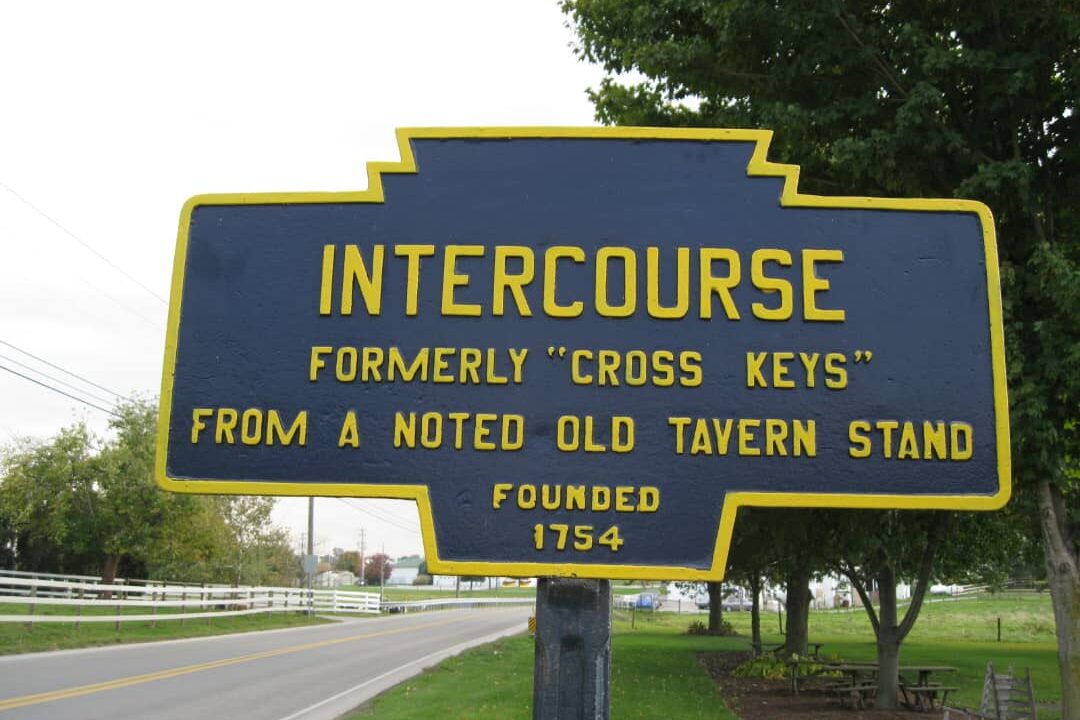
Tucked in the heart of Lancaster County’s Amish country, this small village (pop. ~1,500 in 2020) was founded as “Cross Keys” in 1754 before adopting its current name in 1814. Theories vary: some say it stems from the intersection of two major roads, others from a race‑course sign that read “Enter Course,” and another suggests it reflects the older meaning of “inter-course” as friendly social connection. Today Inter Course draws thousands of visitors yearly, tempted by Amish-made crafts, horse-and-buggy rides, and Pennsylvania Dutch food. The name may raise eyebrows, but locals embrace it with good humor, and the town’s peaceful pace and traditions offer a genuine glimpse into rural heritage.
2. Truth or Consequences, New Mexico
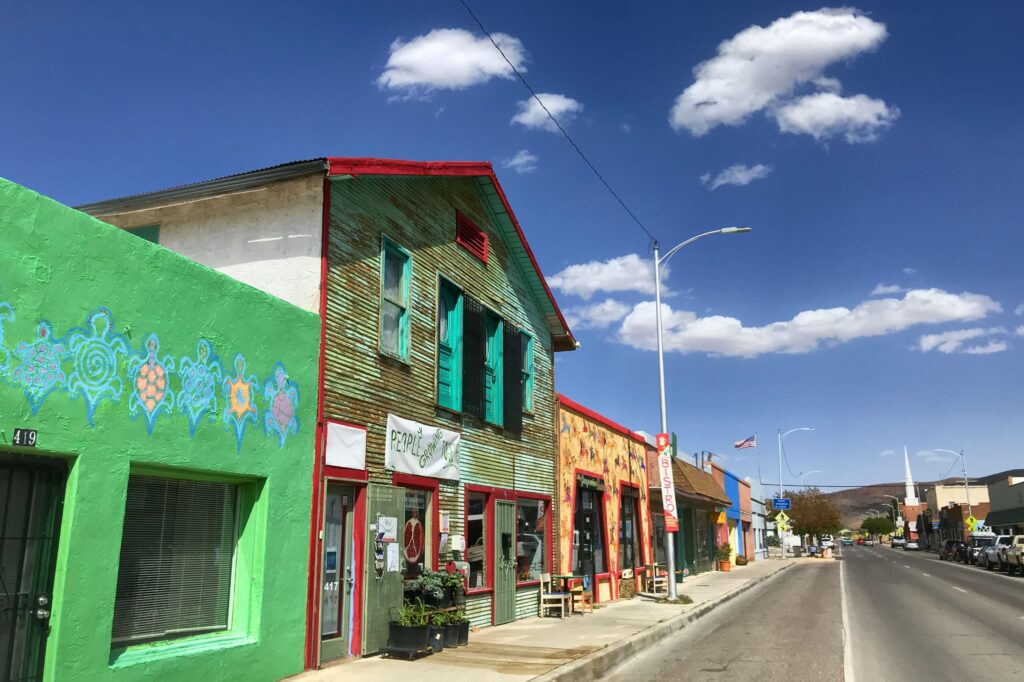
Originally called Hot Springs and famed for its natural geothermal baths, this city transformed itself in a one‑of‑a‑kind promotion in March 1950. Its residents voted to rename their town “Truth or Consequences” after a popular radio quiz show, prompting host Ralph Edwards to broadcast from the town, and visit each May Fiesta for the next five decades. That gamble paid off: the town’s new name made it instantly memorable. Today T or C (as locals call it) is known for its hot springs, vintage‑style signage, an annual Fiesta with parades and beauty contests, an active art community, and a quirky retro atmosphere that embraces its game‑show legacy.
3. Boring, Oregon
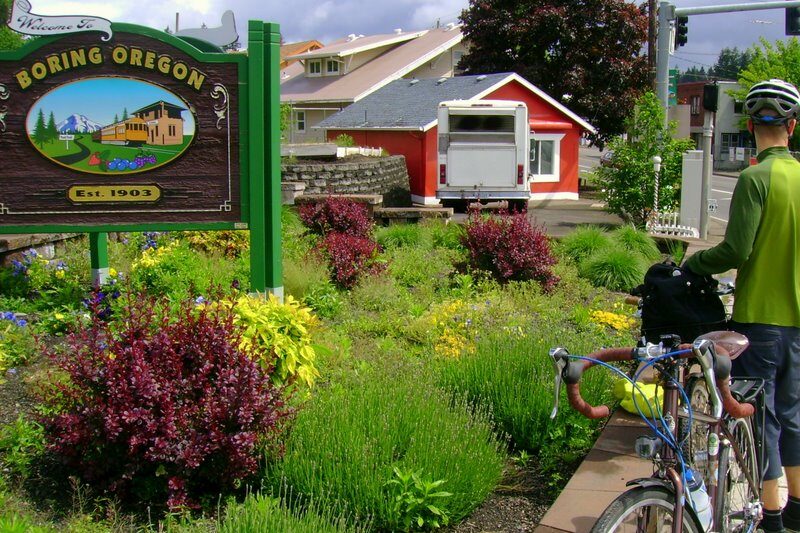
This unassuming community in Oregon drew attention through its cheeky name, and in 2012 it officially “twinned” with Dull, Scotland to form the amusing “Boring & Dull” pairing. Though small and quiet, its name brings a smile, and highlights how branding can give even a sleepy place some notoriety. Despite the name, locals take pride in their area’s peaceful charm. The partnership with Dull and tourism efforts turn what might be an ordinary farming and residential locale into a playful destination for travelers seeking quirky photo ops and light‑hearted stories.
4. Bat Cave, North Carolina
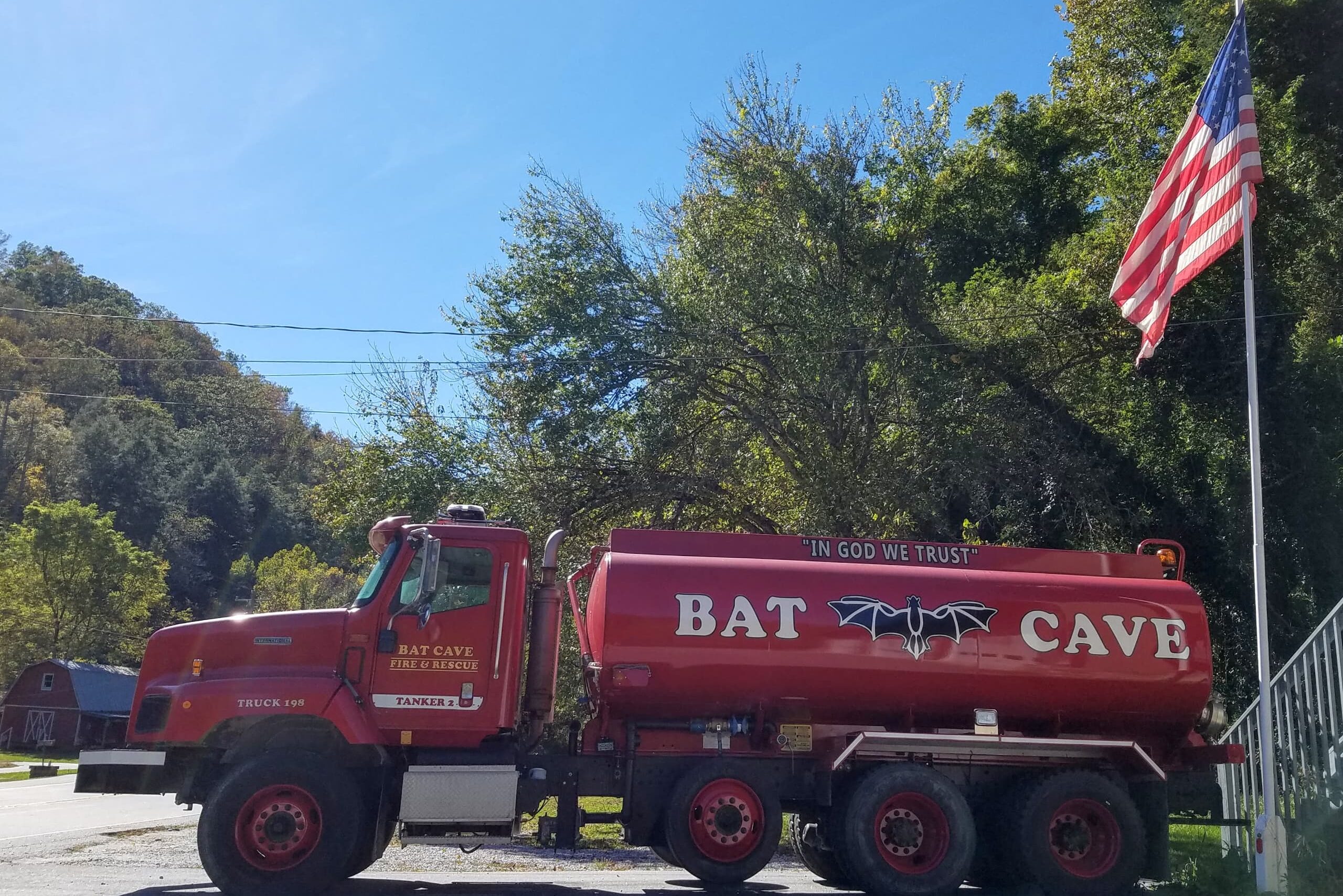
Perched near the Blue Ridge Mountains, Bat Cave is indeed named after a real cave that houses a colony of bats. The nearby Courthouse Falls and stunning mountain scenery draw hikers and nature lovers, making the name both literal and memorable. While the bat population is usually unseen by visitors, the cave is scientifically significant and contributes to local biodiversity. The town markets itself around natural beauty and wildlife, offering cabins, waterfalls, and outdoor adventures under a name that’s eerie at first glance but entirely accurate, and charming.
5. Monkey’s Eyebrow, Kentucky

Despite its comical name, Monkey’s Eyebrow is a rural community with no primates in sight. One local legend says that if you stand in nearby Paducah, the shape of the ridge and town looks like a monkey’s eyebrow on the horizon. The origin story reflects how people sometimes name places based on local humor or landscape illusions. Though Monkey’s Eyebrow is tiny and quiet, its name has made it a minor curiosity, joining maps of odd‑named American spots and reminding us that place names often emerge from playful, human imagination.
6. Toad Suck, Arkansas
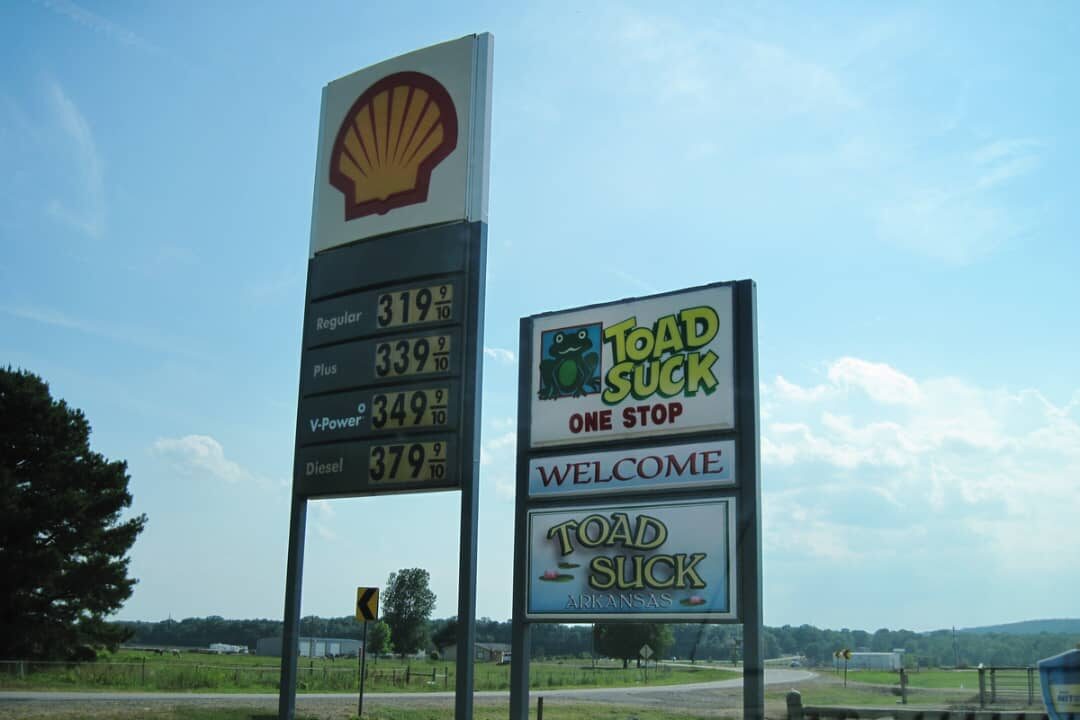
This curious name reportedly comes from riverboat crews who, when stranded waiting for higher water, hauled off to a tavern and “sucked on the bottle ’til they swelled up like toads.” Another theory ties it to a French‑derived term for a river eddy (“suck”) favored by frogs in shallow water. Today Toad Suck is mostly quiet, but it lends its name to the popular annual Toad Suck Daze festival in nearby Conway each May. The free event draws up to 160,000 visitors for arts, crafts, food, live music, and the signature toad races, raising scholarships and celebrating quirky local spirit.
7. Ding Dong, Texas
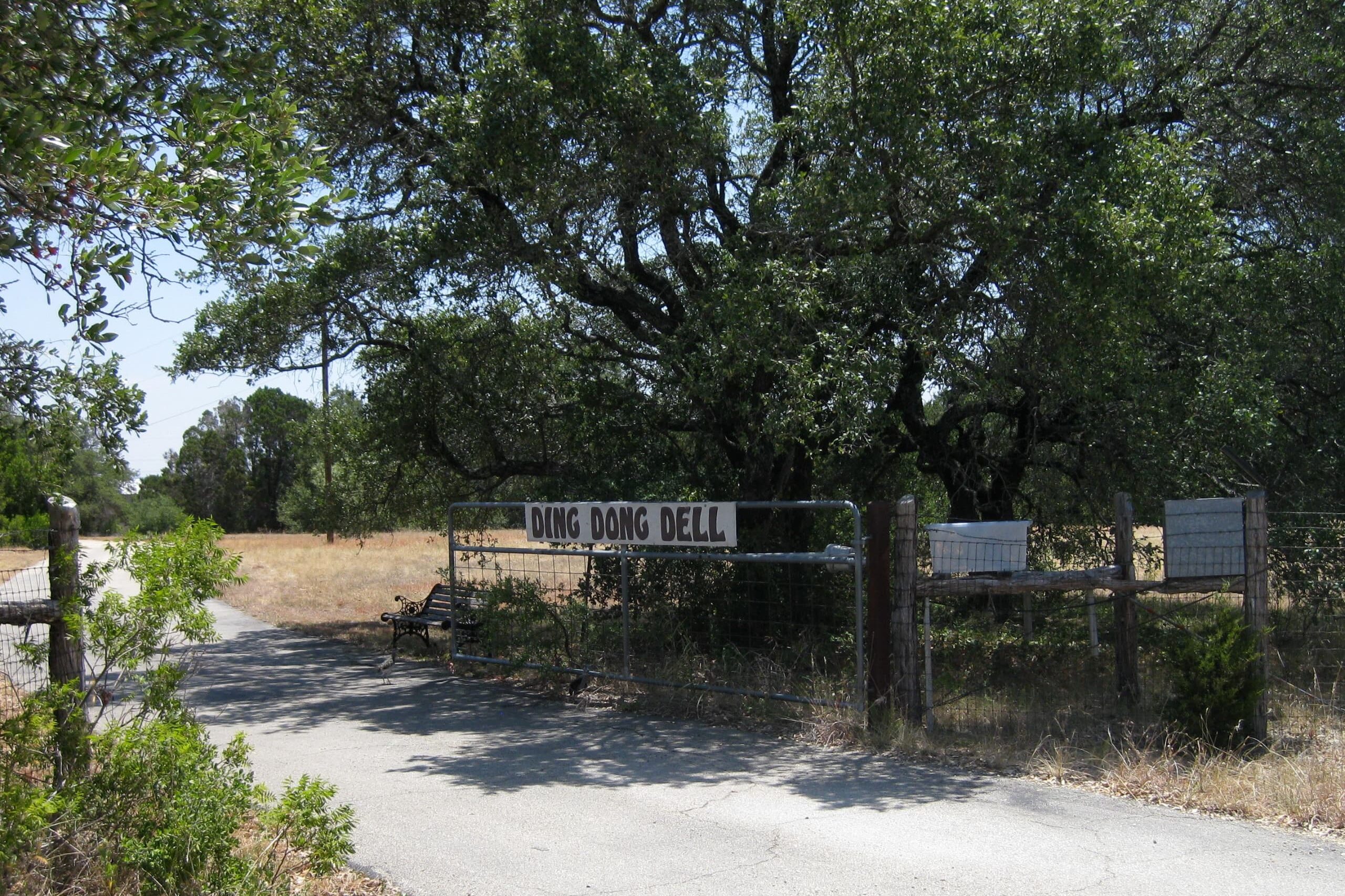
Named after two Bells (Zulis and his nephew Bert) who ran the local general store, the community got its memorable moniker when artist C.C. Hoover painted two bells with their names, and titled the sign “Ding Dong” at a neighbor’s suggestion. Though unincorporated and tiny, Ding Dong has become a trivia favorite, listed in Ripley’s Believe It or Not! and travel books, and even briefly considered hosting a Lions Club convention in jest. Its name carries a whimsical reminder of how playful signage can cement a town’s identity.
8. Santa Claus, Indiana
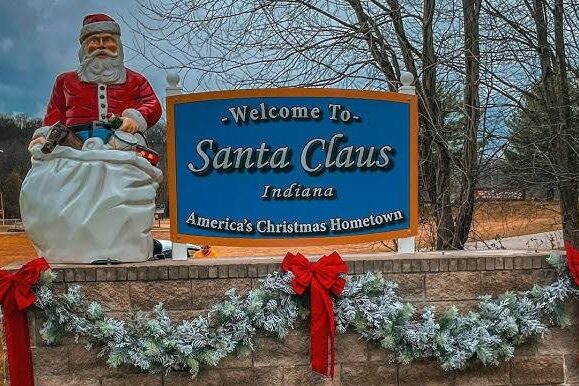
Originally intended to be Santa Fe, the town settled on Santa Claus in 1856 when the postal service rejected the original name. It’s now home to the only post office bearing that name and receives thousands of letters addressed to the jolly fellow annually, answered by volunteer “elves”. The town fully embraces the holiday theme: Christmas Lake Village is filled with streets named Merry, Holly, and Noel, and attractions like Holiday World, the vintage Santa’s Candy Castle, and themed events (including a gravy‑themed roller coaster!) bring seasonal cheer year‑round.
9. Two Egg, Florida
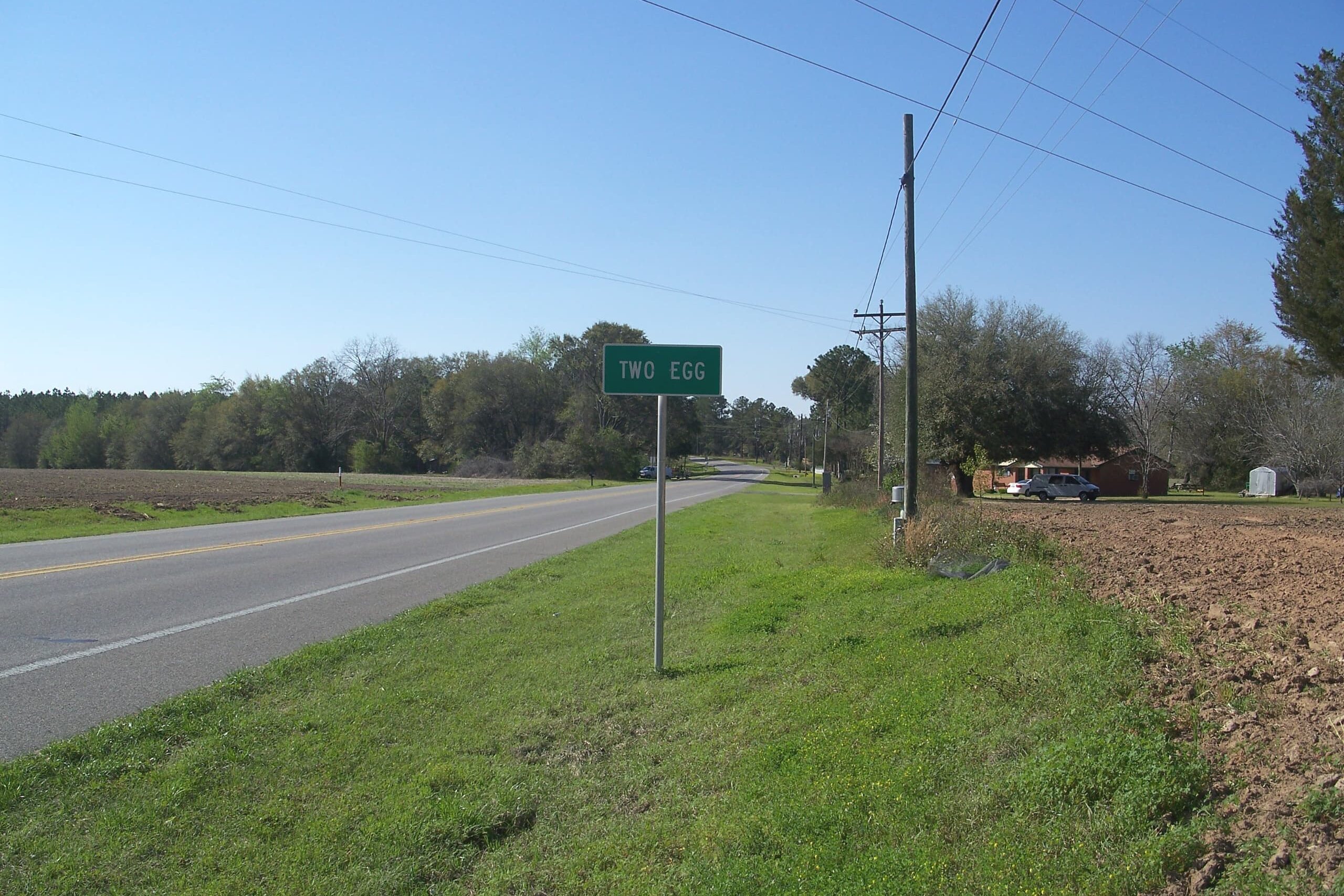
Named during the Great Depression, Two Egg reportedly earned its nickname when struggling families traded farm produce for eggs, sometimes literally two eggs, to get supplies at the general store. The quirky name stuck as a Depression‑era moniker that locals embraced. Though unincorporated and modest in size, Two Egg embodies the resilience and resourcefulness of rural communities. Its name is a snapshot of barter‑based ingenuity, a reminder of how everyday hardships can inspire names that endure with a wink.
10. Hell, Michigan
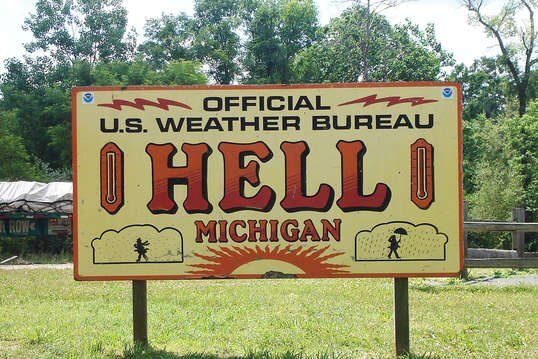
Despite sounding ominous, “Hell” is a real hamlet in Michigan that has leaned into its name for light‑hearted fun. The origin is debated, some say it stems from the German word for “bright,” others from early settlers exclaiming “Oh, hell!” when they encountered swamps. Today tourists flock to Hell to get their photo next to the town sign reading “Welcome to Hell,” sending postcards, and help run the pun‑filled Hell Hole Diner. Locals embrace the name with playful charm, tourist magnets like “Devil’s Carefree Chapel” and “Hell Saloon” show it’s all in good fun.
11. Cut and Shoot, Texas
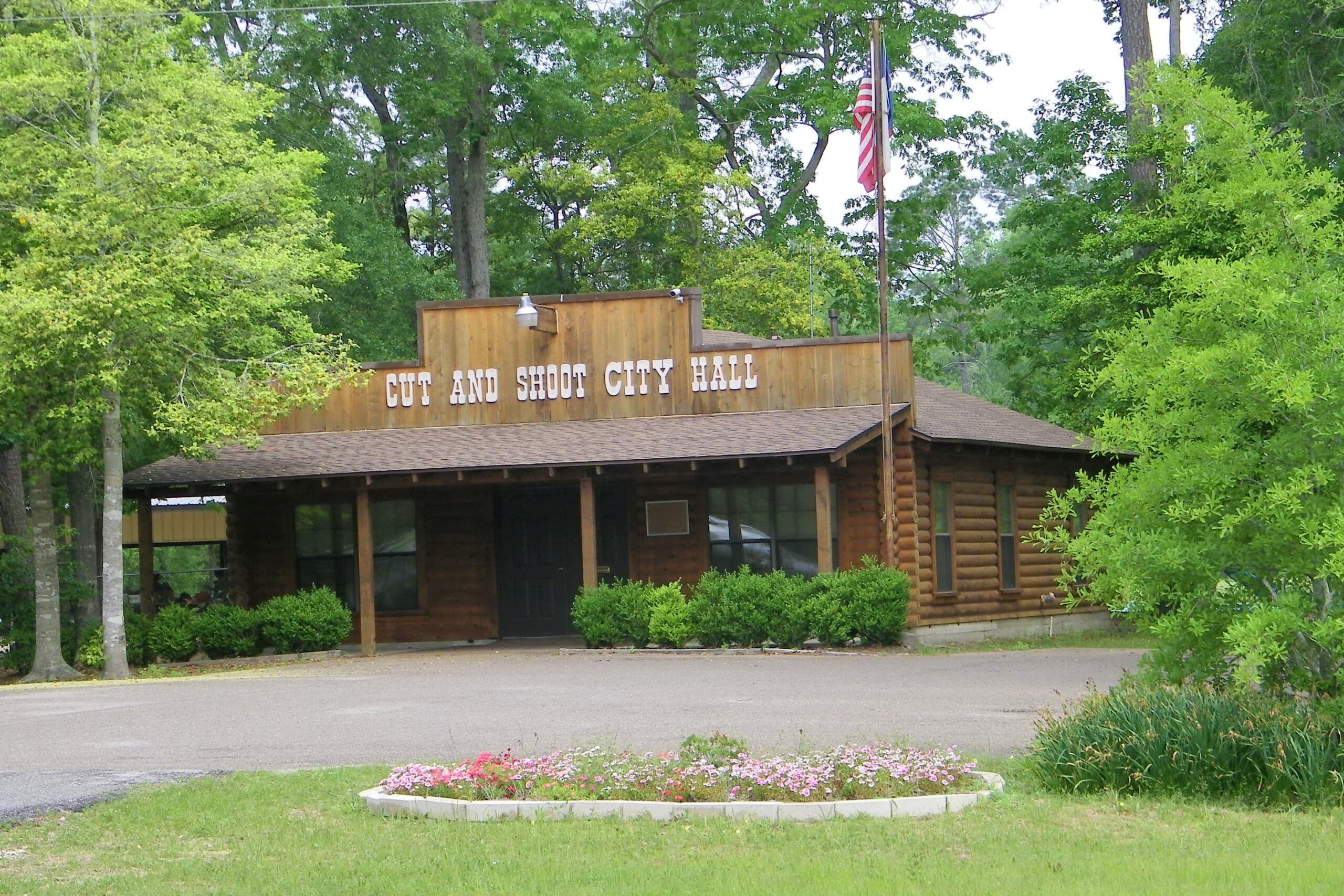
In eastern Montgomery County, just north of Houston, Cut and Shoot earned its memorable name from a tense 1912 dispute, possibly over a church steeple, land ownership, or preaching rights. Amid the confrontation, a young boy reportedly blurted, “I’m going to cut around the corner and shoot through the bushes in a minute!” The phrase stuck. Today, with just over 1,000 residents, Cut and Shoot leans into its history with good humor, making it a favorite in books about quirky town names and a point of pride for locals who celebrate how a child’s comic remark became the town’s identity.
12. Chicken, Alaska
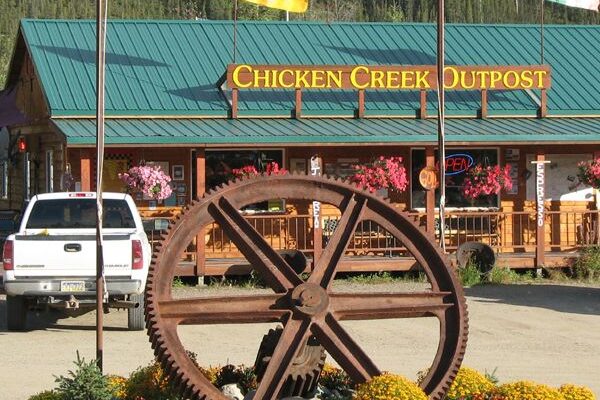
Founded during Alaska’s gold rush in the late 1890s, Chicken was nearly named Ptarmigan, the region’s local bird, but settlers couldn’t agree on the spelling. Rather than risk embarrassment, they opted instead for the simpler, more familiar “Chicken”. One origin theory suggests that the gold nuggets were the size of chicken feed. These days Chicken, with just a few dozen year-round residents, honors its quirky naming through an annual music festival called Chickenstock and a towering “Eggee” sculpture, plus historic gold-dredging sights and frontier‑era architecture complete the charm of this remote outpost.
13. Bacon Level, Alabama
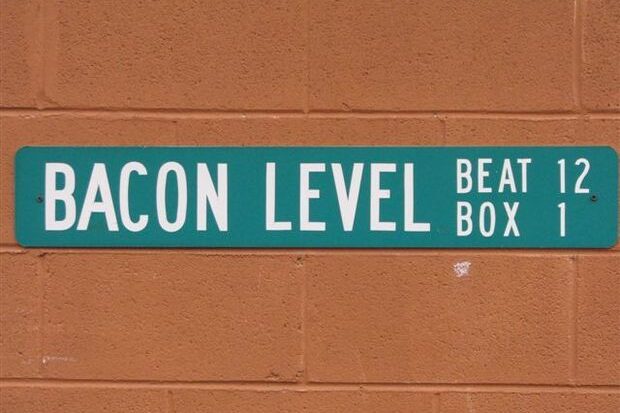
Located a few miles southeast of Roanoke in Randolph County, this little community reportedly got its mouthwatering name in pioneer days: travelers found their stolen bacon on a level stretch of trail, and the name “Bacon Level” stuck ever since. Though small and unincorporated, the name sparks curiosity. Nearby Rock Mills became known for its rich pottery tradition using local clays, but Bacon Level remains most notable for the simple, memorable story of bacon reclaimed on a level stretch of road that became a lasting local legend.
14. Nothing, Arizona
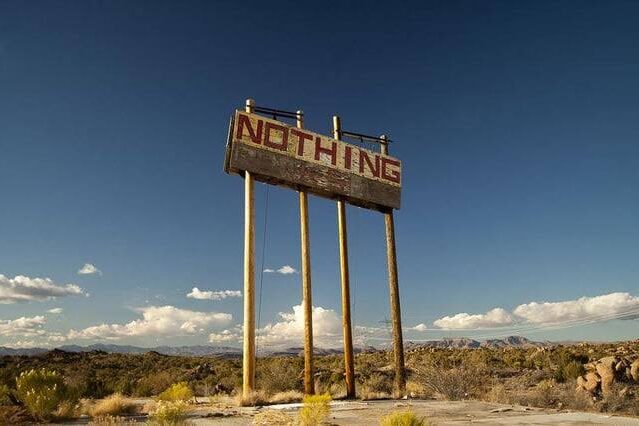
Nothing, yes, that’s really its name, is a ghost town founded in 1977 along U.S. Route 93 in Mohave County by prospector Richard “Buddy” Kenworthy. At its peak, it supported just four residents and featured a gas station, convenience store (ironically called “All‑Mart”), and a tiny bar. It was abandoned by 2005, briefly revived with a pizza stand in 2009, but deserted again by 2011. Twice abandoned, and now completely uninhabited, Nothing is best known for its witty town sign that declared: “The staunch citizens of Nothing are full of Hope, Faith, and Believe in the work ethic. Thru-the-years-these dedicated people had faith in Nothing, hoped for Nothing, worked at Nothing, for Nothing.”
This story 14 U.S. Towns With Names That Sound Like Jokes, But Are Totally Real was first published on Daily FETCH


